John Churchill, 1st Duke of Marlborough. The youth of the commander
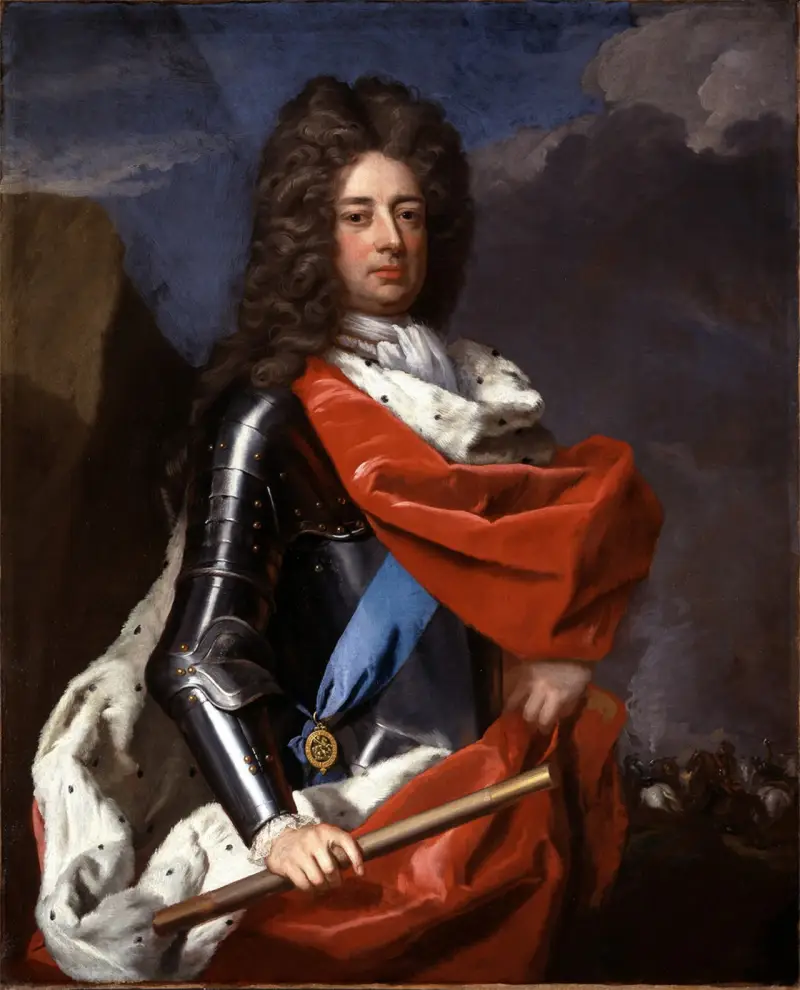
John Churchill, 1st Duke of Marlborough in a portrait (supposedly) by Michael Dahl
This article will talk about John Churchill, the first Duke of Marlborough, whom some historians call the most outstanding English commander.
Field Marshal Montgomery even called him a military genius. Indeed, the much more famous Arthur Wellesley Wellington should share the laurels of his main victory at Waterloo with the Prussian Field Marshal Blucher, who literally saved both him and the entire British army. And Horatio Nelson was an admiral and naval commander. It was for his military services that John Churchill received his title, becoming the first Duke of Marlborough, as well as the Prince of Mindelheim.
In our country, the Duke of Marlborough is known mainly thanks to the rather offensive (especially in translations into Russian) song “Marlbrough s'en va-t-en guerre” (“Marlbrough is about to go on a campaign”), which was invented by his French enemies. But we’ll talk about this song and the circumstances of its composition later.
John Churchill Marlborough was a contemporary and friend of another outstanding commander of that era - Eugene of Savoy. Moreover, many military historians place him higher than this French prince in the Austrian service.
Eugene of Savoy was famous for his intuition and skillful use of large cavalry formations, but he is considered a military leader who seemed to have come out of earlier, knightly times. And John Churchill, according to experts, managed to go beyond his contemporary methods of warfare; he is compared with the great commanders of the New Age.
This Briton entered history and as the first commander to abandon pikemen, which made his infantry units more maneuverable. Instead of pikes, the infantrymen used a newly invented socketed bayonet, which was attached to the musket and did not interfere with shooting. Companies of specially selected and trained grenadiers were used as assault units. Cavalrymen at that time rarely used cold weapon, limited to firing at enemy units with pistols.
Churchill's mounted regiments could attack in a deployed formation three rows deep, at "full trot" with sabers at the ready. But his cavalrymen could act like dragoons: dismount and fight like musketeers. And in 1707, on the initiative of Marlborough, breastplates were introduced for them.
John Churchill was distinguished by his personal courage on the battlefield, thanks to which he enjoyed great respect among the troops. Contemporaries remembered him as a military leader who always took care of the soldiers of the regiments entrusted to him, and also noted his diplomatic abilities, thanks to which he always managed to find a common language with his allies.
But at the same time, he was very self-interested and was repeatedly brought to trial on charges of embezzlement and embezzlement of public funds. The unscrupulousness of this commander is also noted, thanks to which he easily changed his political position. Doctor of Historical Sciences S.L. Ivonina wrote about him:
This famous Englishman was a commander who led the forces that finally crushed the imperial ambitions of Louis XIV, a diplomat who established new realities in international relations in Europe. He was one of the main statesmen who approved and consolidated in England the principles of the Glorious Revolution and the Protestant succession to the throne.”
Origin and early life
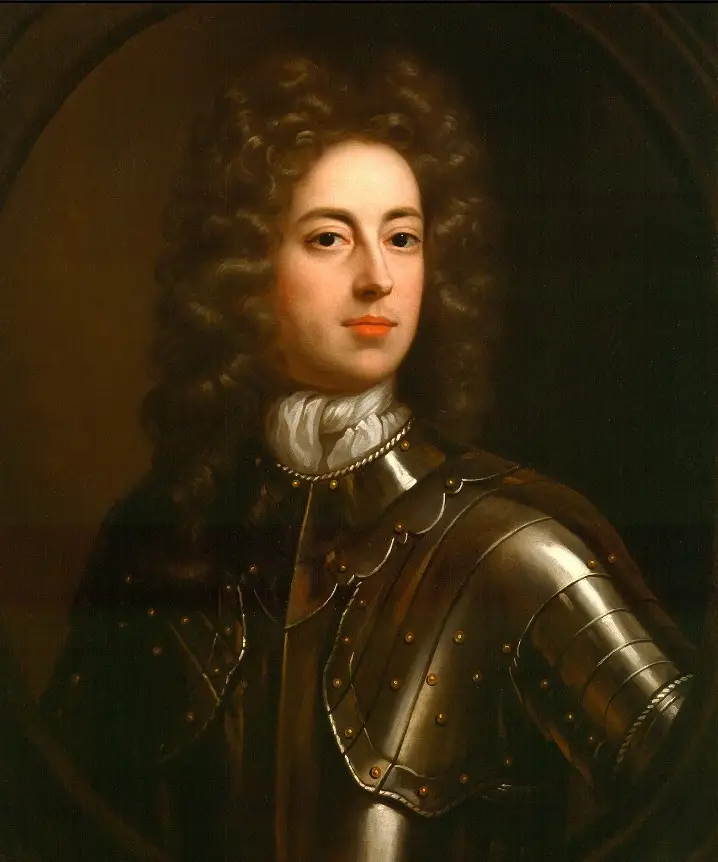
Young John Churchill in Klosterman's portrait
John Churchill was born in Devonshire on May 26, 1650 and was a relative of the famous Francis Drake on his mother's side. The family of the future commander was known for its sympathies towards the Stuart dynasty, but one of his grandmothers turned out to be a supporter of parliament.
The father of the hero of the article, Winston Churchill, took the side of King Charles I during the “great rebellion” of 1649–1653. After the defeat, he, like other royalists, was forced to pay a huge fine and lost almost all his property, so the family lived poorly.
John Churchill's career was greatly facilitated by his older sister Arabella's relationship with Duke James of York, who is called Jacob in Russian sources (okay, at least not the biblical Jacob). This duke was the great-grandson of Mary Stuart and the younger brother of King Charles II (actually, Charles, in English there are no Charleses, in French too, there is Charlie) and a cousin of the French king Louis (Louis) XIV.
In 1685, Arabella's lover Churchill became the last Catholic king of England, Scotland and Ireland and went down in history as James II (in Scotland - James VII).
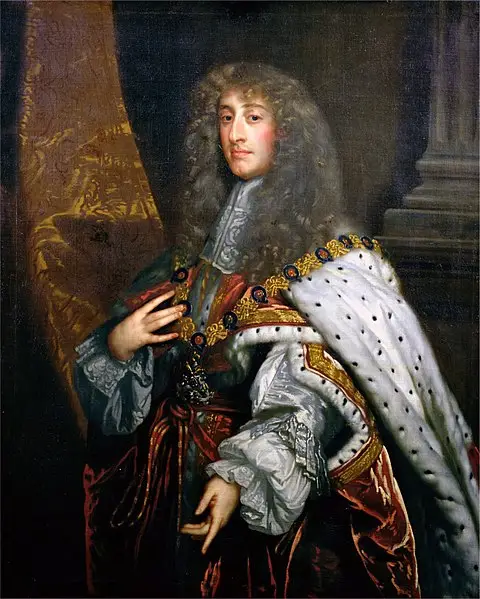
James II of England by Peter Lely
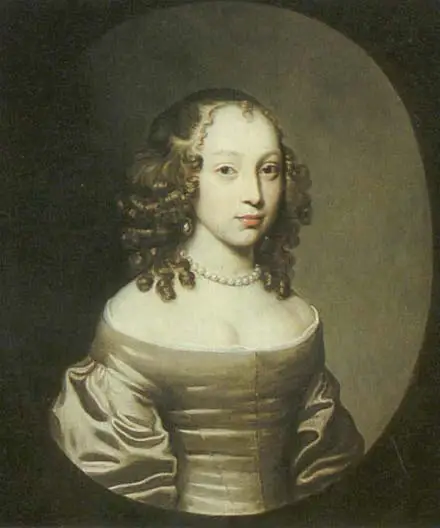
Arabella Churchill in a portrait by Mary Beale, circa 1660
Arabella became the favorite of James of York at the age of 17 - in 1665, this relationship lasted 10 years, during which time Arabella gave birth to four children, one of her sons, James Fitzjames, Duke of Berwick, became Marshal of France.
Arabella's younger brother John, the subject of the article, received the position of the duke's page and in 1667 was promoted to ensign of the royal guard: ensian (from the Latin "insignia") is a junior officer rank, which was later correlated with the rank of ensign, cornet or midshipman.
However, it should be said that John himself was a quite successful womanizer, and he was patronized not only by his elder sister, but also by numerous high-society mistresses, among whom was, for example, Barbara Villiers, Duchess of Cleveland, who was 10 years older than him. This lady was the great-niece of the well-known Duke of Buckingham from the novel by A. Dumas and the favorite of the reigning monarch Charles II Stuart.
They say that one day, in order to avoid meeting the king, the young rake had to jump out of the window. Barbara sent him £5 as compensation for the bruises and torn doublet. It is believed that she gave birth to her youngest daughter from John Churchill.
The beginning of military career
At the end of 1668 - beginning of 1669, the hero of the article was in the English troops sent to North Africa (the territory of modern Morocco) to fight local pirates, who sometimes attacked the coasts of England and Ireland.
More serious was the campaign of 1672, when the third (in a row) Anglo-Dutch war began, and John Churchill took part in the great naval battle of Solebay, which ended in a British victory fleet. At this time he was the adjutant of James of York, admiral of the Red Flag squadron. It must be said that the battle was so fierce that Duke James had to change his flagship twice.
Marlborough then fought in Flanders under the command of the famous French commander Henri de La Tour d'Auvergne, Viscount of Turenne.
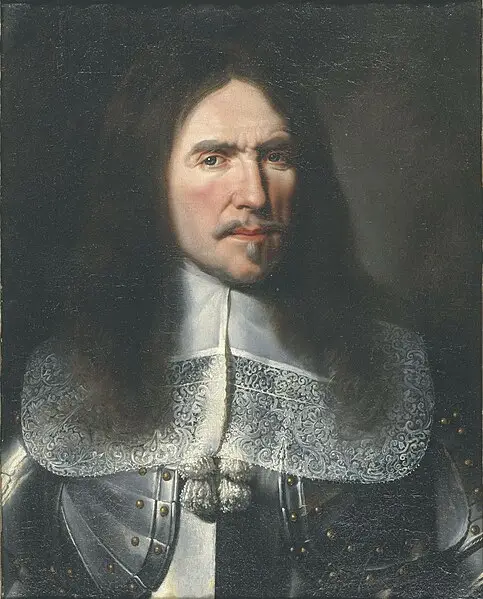
Marshal Turenne in a portrait by an unknown artist of the 17th century
He distinguished himself during the sieges of Nimwengen (where he was praised by Turenne) and Masstricht (here Louis XIV himself publicly expressed gratitude to him). By the way, it was during the siege of Maastricht (1673) that the camp marshal (a rank roughly corresponding to the rank of major general) Charles de Batz Castelmore Chevalier d'Artagnan died.
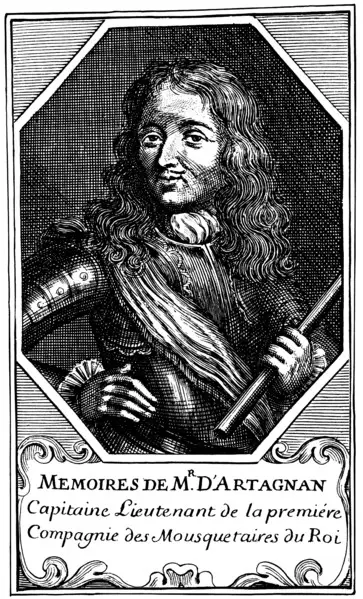
D'Artagnan on the frontispiece of the memoirs attributed to him, published in 1704.
Louis XIV himself was in the French army at that time, the siege of Maastricht was led by the not yet famous Sebastien de Vauban, and the commander of the troops attacking the fortress that day was the illegitimate son of the English king Charles II, James Scott, Duke of Monmouth.
In 1674, we again see John Churchill in Turenne's army: on June 16, the French defeated the troops of the Holy Roman Empire at the Battle of Sinsheim.
In 1678, John returned to his homeland, where he married Sarah Jennings. John's parents were against this marriage because they hoped to find a richer bride, so the wedding was secret. Meanwhile, Sarah was a close friend of James of York's youngest daughter Anne, who would later become queen.
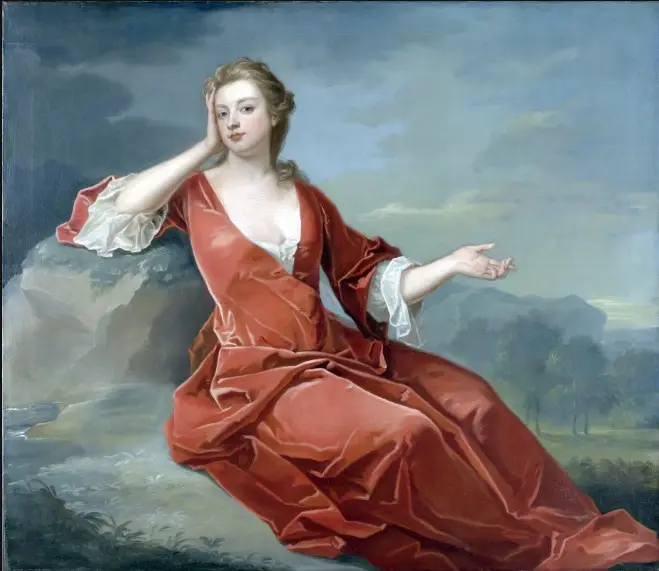
Sarah Churchill, future Duchess of Marlborough in Charles's portrait. Gervasa, 1700
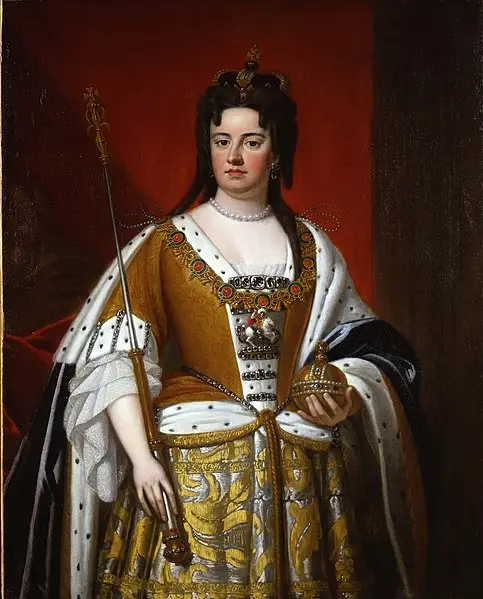
Queen Anne Stuart in a portrait by Gottfried Kneller
And this is how the audience of the Soviet film “A Glass of Water,” based on the play by Eugene Scribe in 1979, saw the Duchess of Marlborough (A. Demidova) and Queen Anne (N. Belokhvostikova):
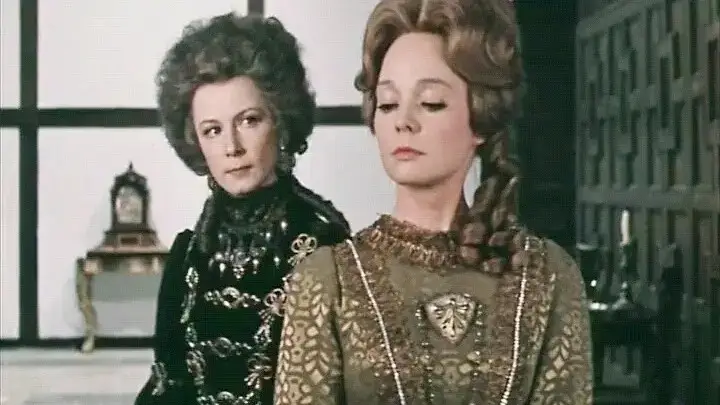
In her marriage to John Churchill, Sarah gave birth to 7 children. Her connections at the royal court also had a very beneficial effect on her husband’s career.
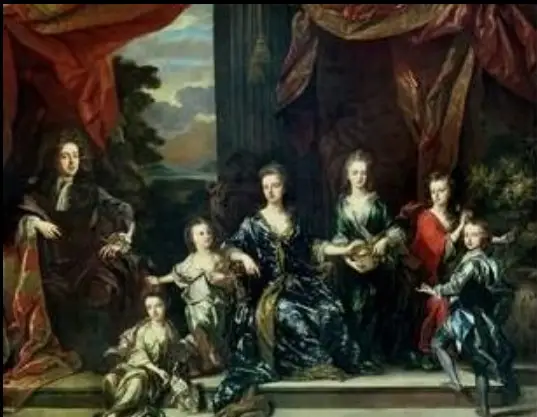
The Marlborough family in a portrait by John Klosterman
In 1678, Churchill went to Flanders again. Here he became the commander of a regiment, and then a brigade, operating as part of the expeditionary force of the Duke of Monmouth. In 1683, he received a baronial title and was appointed commander of one of the guards regiments.
Accession of James II and Rebellion of the Duke of Monmouth
A new leap in the career of John Churchill followed in 1685 - after the accession of his patron James to the throne: the king granted him the peerage and the title of Lord Sendridge, Churchill first became the commander of the royal dragoon regiment, and then all the guards units.
In the same year, the uprising of the Duke of Monmouth mentioned above began. The royal troops aimed at suppressing the rebellion were led by Louis de Duras and John Churchill, and one of the regiments was commanded by the younger brother of the hero of the article, Charles. On July 6, at the decisive Battle of Sedgemoor (often called the last major battle on English soil), the rebels were defeated.
Monmouth was captured and beheaded in the Tower on July 15, 1685. The official bulletin states that it was possible to cut off the head only with the fifth blow, but according to other sources, it took from 7 to 8 blows - now do you understand why the guillotine was initially perceived by everyone as an exclusively humane invention?
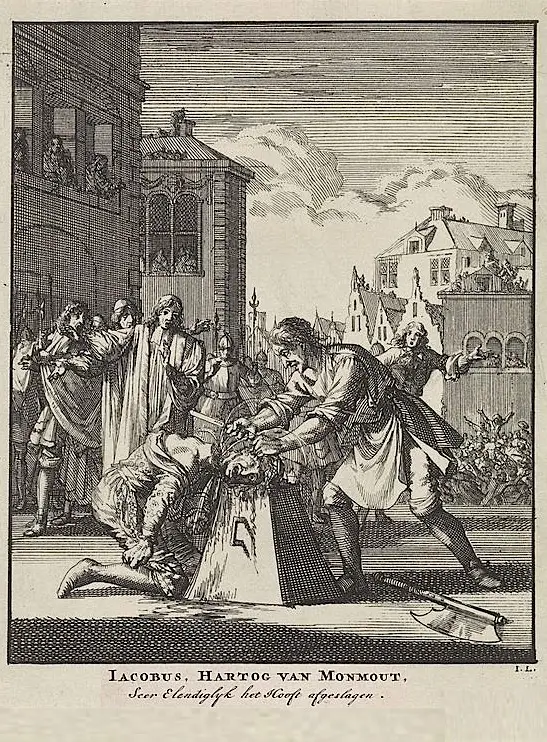
Execution of the Duke of Monmouth in an engraving by Jan Luycken, 1698.
However, there is a legend that the Duke of Monmouth was transported to France and became the famous prisoner in the iron mask. However, this is not the most exotic version of this legend. Some claimed that d'Artagnan, arrested near Maastricht, was hiding under the mask, while others even considered this prisoner... Peter I, in whose place some Dutch sailor allegedly returned to Russia.
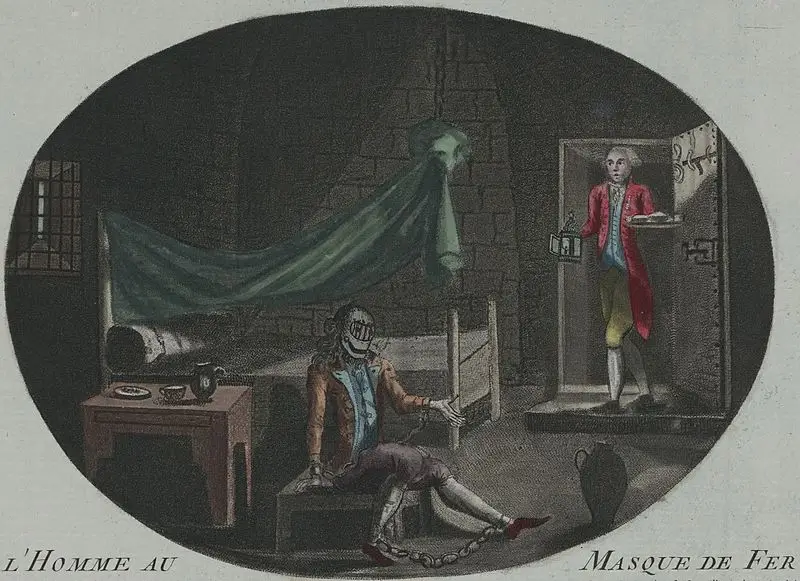
The Man in the Iron Mask in a colored engraving from 1789. In fact, the mask was velvet
But let's return from legends to real history.
Monmouth's supporters were severely punished: more than 300 people were executed, and several thousand were sold into slavery. According to R. Sabatini, it was then that the hero of his famous novel, Doctor Peter Blood, who was declared a traitor for providing medical assistance to Lord Gildoy, suffered innocently. He was sold into slavery on the island of Barbados.
And John Churchill received his first general rank.
"Glorious Revolution"
Just three years after the suppression of Monmouth's uprising, James II lost the throne, losing it to his son-in-law (and nephew), Stathauter of the Netherlands, William of Orange.
The reason for the so-called “Glorious Revolution” of 1688 was the obvious sympathies of this king for Catholics, who made up only 2-3% of the country’s population, and the immediate reason was the birth of a son to 55-year-old James II. The Protestants' hopes that the king would soon die and his daughter, Mary, the wife of William of Orange, would become the heir, collapsed.
The discontent and disappointment in the country was so great that rumors spread that Queen Mary of Modena gave birth to a stillborn child who was replaced by Catholics. High-ranking British Protestants sent William a letter urging him to take the English throne. John Churchill also joined the conspiracy, who, as we remember, from a young age was close to the current king and largely owed his rise to him.
Having made his final decision, he wrote a letter to James II in which he said that he did not expect to receive more from William than he had already received from him, but that “high principles prevail in politics over personal interests.” Churchill’s signature is curious: “The most obliging and obedient courtier and servant of Your Majesty.”
Looking ahead, let's say that William turned out to be a grateful man: from the new king, Churchill received the title of earl, a place in the Privy Council, the rank of lieutenant general and the position of commander of the continental troops.
On November 5, 1688, William's army landed in Devonshire near Torbay, with the motto inscribed on his banners: “I will support Protestantism and the freedom of England.”
Nobody wanted to fight for James II, the soldiers fled, and even his youngest daughter Anna, on the advice of her friend, John Churchill’s wife, went to William’s camp. In a single minor skirmish near Reading, which took place on December 8, the king's army was defeated. William of Orange himself, the son-in-law of this king, helped James escape to France. After this, he and his wife Mary were proclaimed monarchs of England, Scotland and Ireland.
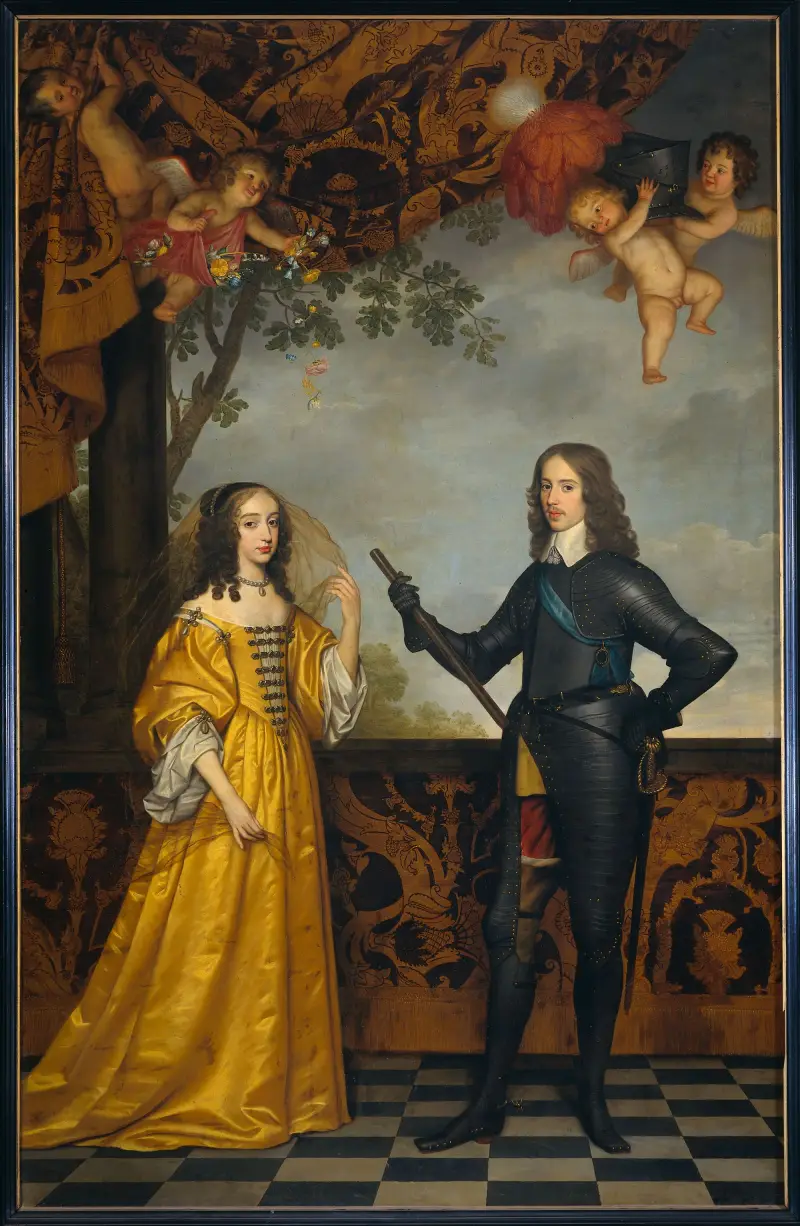
Gerrit van Honthorst. William III of Orange and Mary II Stuart
James II would still try to land in Ireland, but on July 1, 1690 he would be defeated in the Battle of the Boyne River.
William of Orange, after the death of his wife in 1694, single-handedly ruled England, Scotland and Ireland until March 1702 - while remaining ruler of the Netherlands. Since he had no children, the above-mentioned friend of John Churchill’s wife, Anna Stewart, the youngest daughter of James II, who reigned until 1714, became the new queen.
You may remember that the ship of the famous corsair Edward Teach, nicknamed "Blackbeard", was called Queen Anne's Revenge (and Hollywood pirate Jack Sparrow was once on board). It was during the reign of Anne Stuart, in 1707, that England and Scotland united into one kingdom with a single parliament. The new state was named "Great Britain".
And John Churchill, who began his military career as an ally of the French commanders, now became an irreconcilable and very dangerous enemy of France.
New war
Meanwhile, in 1688, the War of the League of Augsburg (“Second Netherlands”, “Nine Years”) began, which the British entered on September 9 of the following year. The fighting took place not only on the European mainland, but also in the British Isles (Ireland) and North America.
The cause of this war was the claims of Louis XIV to the Electorate of the Palatinate, and the Ottoman Empire became an ally of France in the war against the Habsburg Empire. But France at that time was called “the beloved daughter of the Catholic Church.”
This union caused general indignation, and the journal of the House of Commons contains the following entry about Louis XIV, dated April 15-16, 1689:
Now England, Scotland, Ireland, the Netherlands, the Holy Roman Empire and Savoy opposed France - the union of these states was called the “Grand Alliance”.
The first battle of the British in that war was the Battle of Walcourt (August 25, 1689), in which the French were opposed by the troops of England, Scotland, Holland and the Holy Roman Empire. John Churchill was at the head of the 8-strong English corps. The French troops were commanded by Claude Louis Hector de Villars and Louis de Crevent, Duke d'Humieres. Victory remained with the allies; the British, whom the French did not consider serious opponents at that time, showed their best side.
In September 1690, John Churchill went to rebellious Ireland, where he managed to capture the cities of Cork and Kinsale.
Disgrace and arrest
But on May 5, 1692, John Churchill was unexpectedly accused of correspondence with the deposed King James, high treason, and arrested. Marlborough's wife Sarah was required to give up her service to Princess Anne, who was suspected of sympathizing with her father.
The new Queen Mary II Stuart was very suspicious of her father's close associates who betrayed their oath, believing that they could betray again. At her request, Churchill was placed in the Tower, where he remained until the death of this queen from smallpox (January 17, 1694).
William of Orange, who treated Churchill well, freed him and restored him to rank and title, and in June 1698 appointed Princess Anne's son William, Duke of Gloucester, who was born on July 24, 1689, as tutor. But this prince died on July 30, 1700: it must be said that Anna had 17 pregnancies, which ended either in miscarriages, or in the birth of still children, or in death in early infancy. After the death of this child, Anne, John Churchill was sent as ambassador to the Netherlands.
In October 1701, Lord Sidney Godolphin, a childhood friend of John Churchill, whose son was married to one of the daughters of the new prime minister, became Lord Chancellor. The influence of the Duke of Marlborough on the foreign and domestic policies of the kingdom reached its apogee.
In the next article we will continue the story about John Churchill, talk about the War of the Spanish Succession, the resounding victories of the Duke of Marlborough and Eugene of Savoy, the disgrace and last years of life of the main hero of this difficult war.
Information